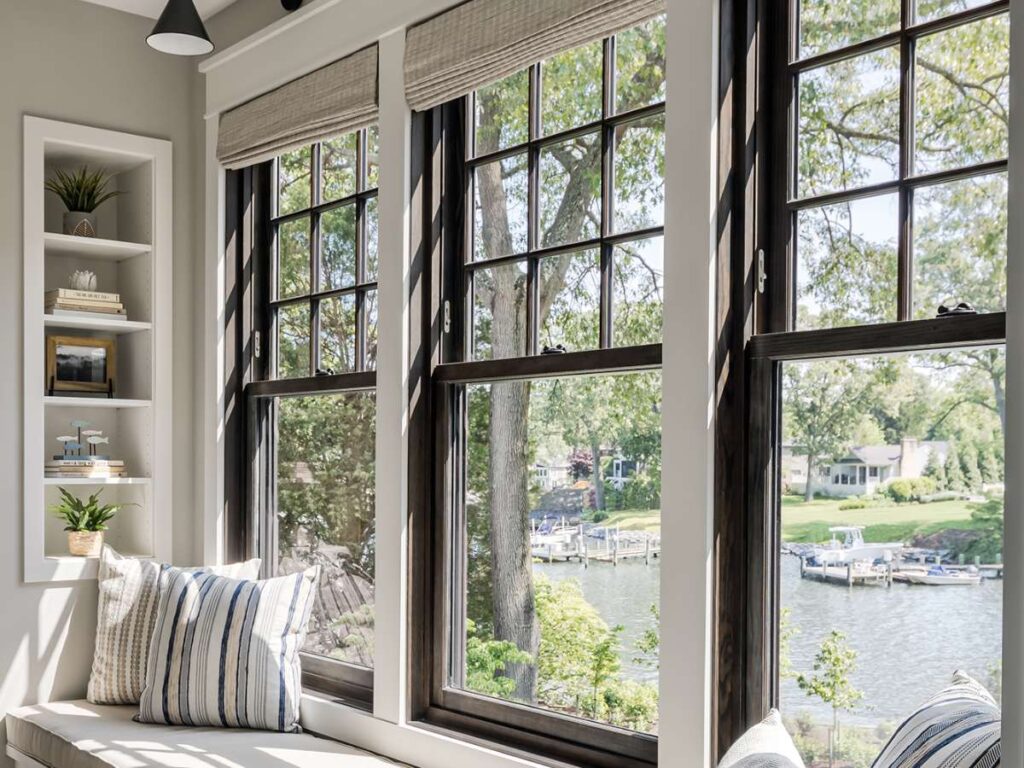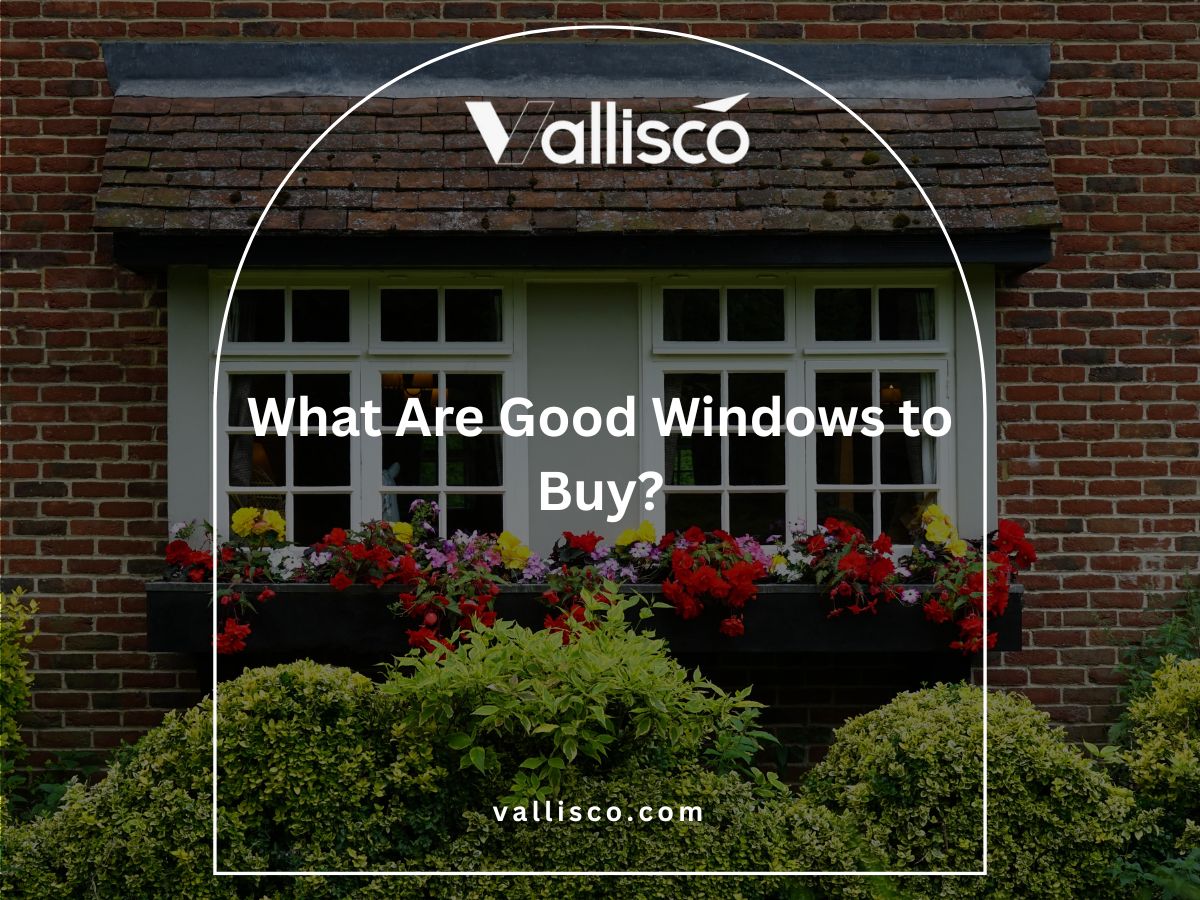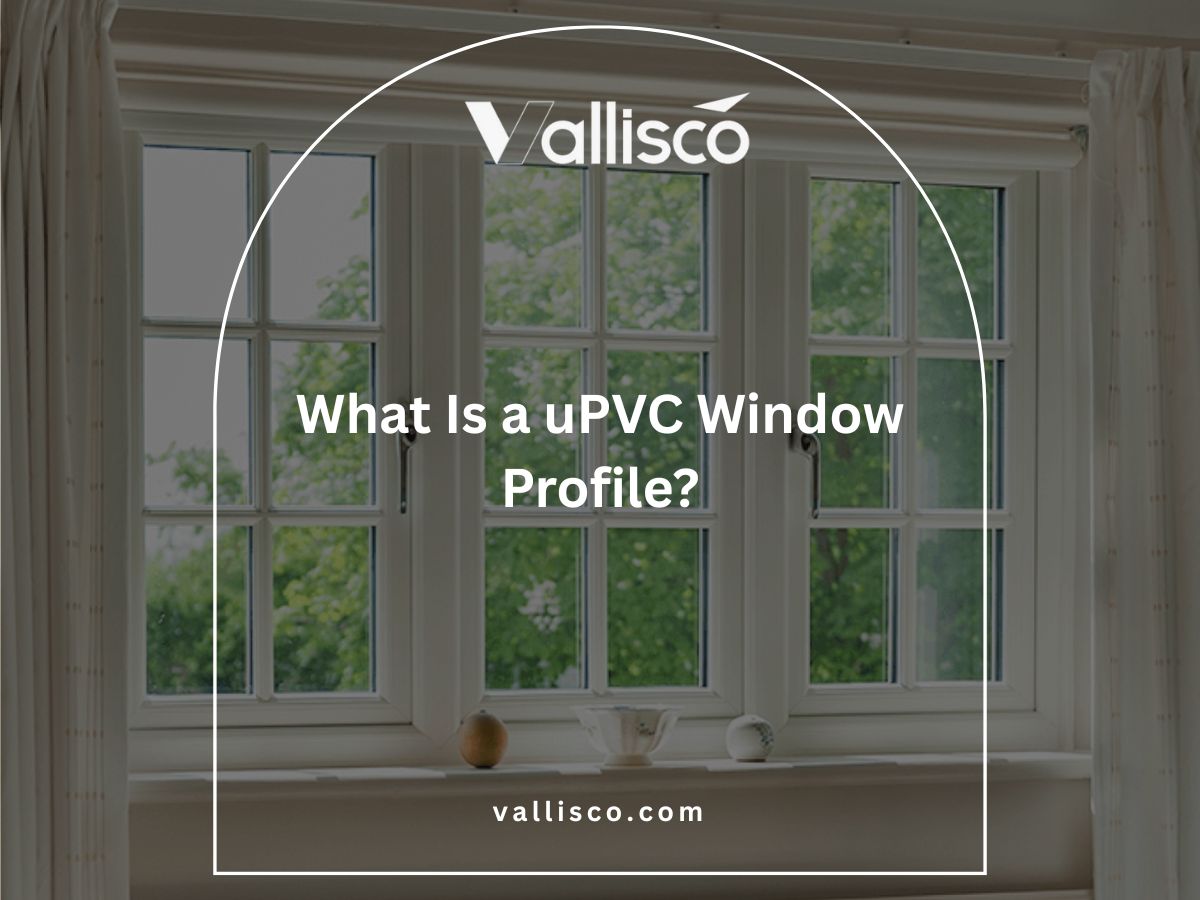I remember walking through a hotel project where the owner was frustrated by rising cooling bills and windows that were difficult to maintain. They needed something simple, durable, and cost-friendly for hundreds of rooms.
That’s when the discussion turned to single hung windows, and how their design solves these problems.
I’ve worked with many property owners and engineering teams who face the same challenges. Over time, I’ve seen what works and what does not, so you can trust this review comes from real experience in the field.
In this article, we’ll explain how single hung windows work, the differences compared to double hung, and the factors that matter most when you choose them. By the end, you’ll have the clear answers you came here for.
So if you’ve been weighing window options for your property, you’re in the right place.
Let’s get started!
1. What is a Single Hung Window?
A single hung window is made of 2 main parts called sashes. The top sash stays fixed in place, while the bottom sash slides up and down to let air in. Because the top sash does not move, the structure is more stable and often more energy-efficient.
This design has been around for a long time, and I’ve seen it used in many villas, hotels, and B&Bs where a simple, reliable window is needed. It’s practical because it saves space, opens smoothly, and gives a clean look to the building.

2. How Do Single Hung Windows Work?
Single hung windows may look simple, but their design has a clear purpose. I’ve seen them used in hotels, villas, and B&Bs where ease of use and energy control matter most. If you’re thinking about these windows for your project, here’s how they actually work.
Opening And Closing Mechanism
- Bottom Sash Slides Vertically: The bottom sash moves up and down within the frame. This allows fresh air into the room without taking up extra space inside or outside.
- Weight or Spring Balance Holds Sash in Place: Inside the frame, a counterbalance system keeps the sash steady. This makes opening and closing smooth, even in larger windows.
- Lock Engages at The Meeting Rail: A lock at the center rail secures the sash once it’s closed. This helps keep the window safe and stable, especially in multi-room properties like hotels or inns.
Ventilation Process
- Only Half Of The Window Can Open: Since the top sash is fixed, only the bottom part moves. This limits the opening but provides enough airflow for many rooms.
- Airflow Limited Compared To Double Hung: With just one sash in use, ventilation is not as strong as in double hung windows. Still, it is often enough for guest rooms or smaller spaces.
- Best Suited for Controlled Ventilation: Vallisco’s single hung windows work well where steady, moderate airflow is preferred. I’ve seen them especially useful in bathrooms, bedrooms, and hotel corridors.
Sealing And Insulation
- Fixed Sash Creates Tighter Seal: The upper sash does not move, so it forms a stronger barrier against drafts. This makes the whole window more solid.
- Reduced Air Leakage Compared to Double Hung Windows: Fewer moving parts mean fewer places where air can escape. That can help reduce cooling or heating costs over time.
- Helps Improve Energy Efficiency: By limiting unwanted airflow, these windows support a more consistent indoor temperature. This is a practical advantage for villas and hotels with many rooms to manage.

3. Components of Single Hung Windows
When you look at a single hung window, it may seem simple. But each part has a role in how it works and how long it lasts. I’ll walk you through the main components so you know what to expect when you’re planning windows for your property.
| Component | Description | Function / Role |
| Frame | The outer structure that holds everything together. | Provides support and stability for the whole window. |
| Top Sash (Fixed) | The upper glass panel that does not move. | Adds insulation and stability. |
| Bottom Sash (Operable) | The lower panel that slides up and down. | Allows ventilation and airflow. |
| Tracks | Channels inside the frame that guide the sash. | Keep the sash aligned during movement. |
| Balance System | A weight or spring inside the frame. | Supports the sash for smooth opening/closing. |
| Meeting Rail | The horizontal section where the sashes meet. | Houses the locking system and seals. |
| Locking Mechanism | A latch that secures the bottom sash. | Provides safety and security. |
| Weather Stripping | Seals along edges of sash and frame. | Blocks drafts and water leaks. |
| Glass Pane | The transparent section of each sash. | Allows light in and provides insulation. |
Each part of a single hung window has a job, from insulation to safety. When you know these components, it’s easier to choose the right quality and style for villas, hotels, or other commercial properties.
4. Advantages of Single Hung Windows
From what I’ve seen in hotels, villas, and B&Bs, single hung windows remain popular because they are practical. They may not have all the features of other window types, but they bring solid value for many projects. If you are planning windows for your property, here are some clear advantages.
- Energy Efficiency: With only one moving sash, there are fewer gaps where air can escape. This helps maintain indoor temperatures and lowers energy costs across many rooms.
- Lower Cost: Single hung windows usually cost less than double hung or casement styles. For larger projects like hotels or villas, this price difference adds up to significant savings.
- Space-Saving Design: Because the sash slides vertically, the window does not swing in or out. This makes them ideal for narrow walkways, guest rooms, or greenhouses where space is limited.
- Simple Appearance: Their clean lines fit into both modern and traditional buildings. I’ve noticed that property owners like them because they give a consistent look across many units.
- Reduced Maintenance: Fewer moving parts mean fewer repairs over time. For busy properties, this helps your team spend less effort on upkeep.
5. Single Hung vs. Double Hung Windows
When I talk with property owners or project managers, one of the most common questions is the difference between single hung and double hung windows. Both are useful, but they serve different needs. To help you compare, here’s a clear breakdown.
| Feature | Single Hung Window | Double Hung Window |
| Sashes | One fixed sash (top) and one operable sash (bottom). | Both top and bottom sashes move. |
| Ventilation | Limited to half the window. | Full opening possible, better airflow. |
| Cleaning | Harder to clean the top sash, especially on higher floors. | Easier to clean since both sashes tilt inward. |
| Energy Efficiency | Better seal due to fewer moving parts. | More gaps from two operable sashes, may lose more air. |
| Cost | Usually less expensive. | Higher cost due to added functionality. |
| Maintenance | Fewer moving parts, less wear. | More moving parts, more upkeep. |
| Safety | Limited opening, reduces risk of accidents. | Wider opening can be a concern in guest rooms or child areas. |
| Design Look | Simple, consistent appearance. | Offers more flexibility in design and ventilation. |
| Best Use Cases | Hotels, villas, B&Bs, greenhouses where cost and energy savings matter most. | Multi-story homes, areas needing strong airflow, projects where cleaning access is important. |
Both single hung and double hung windows have their place. If your project values energy savings, lower cost, and easy maintenance, single hung windows make sense. If you need better airflow and easier cleaning, double hung windows are the better option.
6. Factors to Consider Before Choosing Single Hung Windows
Over the years, I’ve seen property owners and project managers weigh different window options carefully. It’s not just about looks—it’s about how the windows perform in daily use, how long they last, and how they affect costs. If you’re considering single hung windows, here are some key factors you should think through.
Climate And Energy Needs
Vallisco’s single hung windows are great for energy savings because the fixed top sash creates a tighter seal. This helps reduce drafts and makes it easier to keep indoor spaces at a stable temperature.
If your property is in a hot climate, though, limited airflow may be a drawback. Hotels, inns, or B&Bs in tropical areas sometimes prefer windows that allow more ventilation.
So the question is simple: do you need stronger insulation, or do you need maximum airflow? Your climate will help you decide.
Type of Property
The kind of building you manage makes a big difference. In villas and private homes, single hung windows offer a clean, classic look that improves curb appeal. They’re also safe and simple for families to use.
In hotels, inns, and B&Bs, guests benefit from windows that are easy to operate and not too complicated. Staff also spend less time on upkeep when the windows have fewer moving parts.
For greenhouses, the fixed top sash helps keep heat inside. At the same time, you may want to think about whether the reduced ventilation is enough for plant growth.
Cleaning And Maintenance
Cleaning is often overlooked during the planning stage. With single hung windows, the bottom sash moves but the top sash is fixed. That means cleaning the outside of the top pane can be more challenging, especially on upper floors.
For villas or houses, this might not be a big issue since exterior cleaning can be done more easily. But for hotels with multiple floors, regular maintenance may require professional services.
The fewer moving parts do mean fewer repairs over time. So while cleaning can be harder, maintenance overall is usually lighter.
Budget And Long-Term Value
One of the biggest reasons clients choose single hung windows is cost. They’re typically less expensive than double hung or sliding windows, which makes them attractive for large projects with many units.
But cost alone should not guide your choice. Think about long-term savings too. The better seal of single hung windows often means lower heating and cooling bills year after year.
If you’re handling a hotel or villa with dozens of windows, those savings can add up to a real difference. That’s why I always suggest weighing upfront cost against long-term value.
Conclusion
That hotel owner who once struggled with rising bills finally found relief in single hung windows. Their story is a reminder that the right window choice solves both small and large challenges.
Now you know how single hung windows work and why they matter for comfort, efficiency, and long-term value. This review brought everything together, so you can see if they fit your property needs.
If you’re building or renovating, it’s time to make a smart decision about your windows. Contact Vallisco today, and let’s discuss the right solution for you.
Recommended Reads for You
Interested in more? Here are some additional articles with insights and tips to keep you informed:
Still haven’t found what you’re looking for? Don’t hesitate to contact us. We’re available around the clock to assist you.







